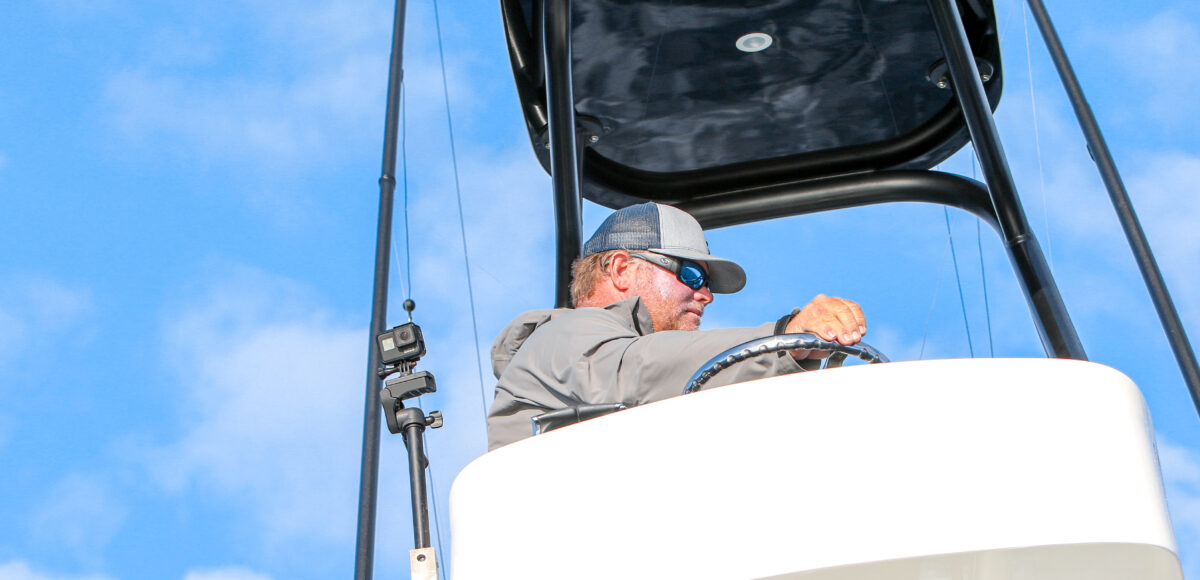Before technology took over every aspect of our daily lives, the most prominent sportfishing tournaments around the world relied on trained observers to validate the release of billfish in accordance with angling and tackle rules. There’s somewhat an element of chance, but prize-winning tournament strategies were once honed from years of experience. Presently, there is one aspect beyond control of the captain, and that is the element of video verification. Instead of having a neutral party handle the refereeing, a crew member is now entrusted not to miss the money shot.
A few events keep the tradition alive, such as the Los Sueños Signature Triple Crown, where in 2021 the International Game Fish Tournament Observer program sent 140 observers to Costa Rica for seven different events. However, many other tournament directors have taken a decidedly different approach, with the longstanding Silver Sailfish Derby shifting from an observer format to video release requirement in 2019. Uniquely, the Presidential Challenge of Central America recently held an event with teams competing out of Guatemala, Nicaragua, Costa Rica and Panama using the CaptApp mobile application, which allows crew to shoot video that is automatically time- and date-stamped, as well as geotagged.
“As we transition to an all-virtual tournament series, we really feel this opens up the competition throughout Central America,” says Event Coordinator Joan Vernon. “The app is very easy to use, and you do not have to be in cell range during the day, it will upload your videos once you’re back in range.”
The cameraman has literally become the most important job on the boat. As stated in the updated Silver Sailfish Derby tournament rules, “All sailfish releases must be verified in a continuous video footage sequence, from the time video evidence confirms identification of the fish, until the leader is touched and then cut at the time of release. Each team is responsible for providing their own video camera and the appropriate media to record video footage that documents the releases on their boat. The first video clip to be shot by all teams should be of the date, time and GPS location at the start of fishing.”
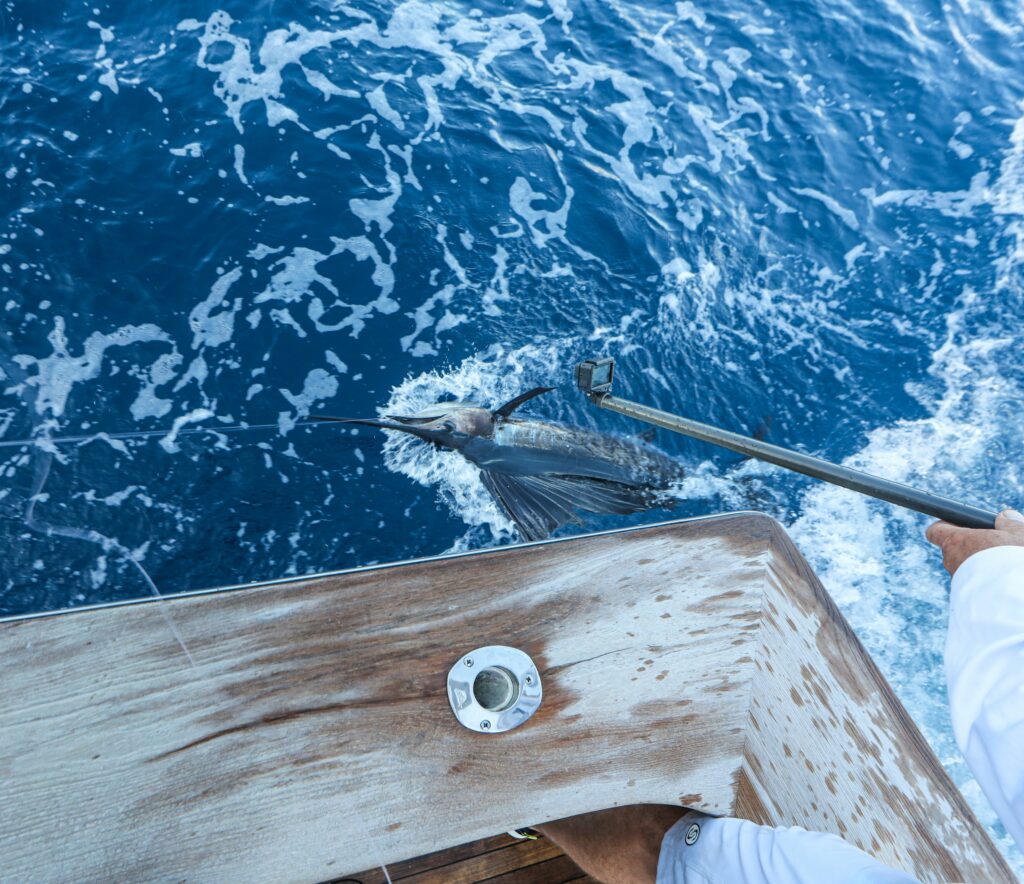
Consistent with other tournaments requiring video verification, in the Quest for the Crest series, “Continuous video must clearly identify the fish as well as the touching of the leader by a crew member, and the separation of the fish by cutting the leader. If a break in the footage should occur, the team must reestablish video evidence of the fish with a continuous video sequence up to the leader touch and leader cut.”
While we are not in the movie making business, cameras have become required equipment for most sportfish operations. “I always tell them a backup camera is essential,” says Bluewater Movements Tournament Director Jamie Bunn. “I actually had a team this past season, a very high-profile spare-no-expense team, that ended up losing a fish because they did not have it on video. There was no fish ID and they did not have a backup camera. It was an unfortunate mis take that the videographer got sidetracked trying to record the color and confirmation number on the release card amid a double header. The second fish made a quick surge at the boat, the mate grabbed the leader, the line went slack, and the camera wasn’t ready. Despite everything we did to try and dig through the video and validate the catch, there was nothing we could do.”
Tournament directors aren’t out to disqualify fish and it’s not a matter of them not believing you, as cheating is not a primary concern, but validation of the fish on video is now part of the game. “Most of the teams have a dedicated camera operator. They should be the only person on the boat that determines whether they can release a fish or not. The leader guy should be waiting for the cameraman to say with 100-percent certainty, ‘I have fish ID.’ Until he/she says that no one should be trying to take wraps or bust a fish off. At the end of the day, it’s the guy behind the lens that’s going to say whether they’ve got it or not,” Bunn says.
If you aren’t observing the release through the viewfinder, then it’s easy to think you shot fish when you never had it in the frame of the video. “We emphasize never zooming in and always staying wide, because when you zoom in your field of view gets so small. From a video standpoint, tournament committees are just trying to get a basic ID,” Bunn says. Along South Florida’s competitive sailfish circuit, this is a relatively easy task, but in multi-species events such as the Custom Shootout or Signature Triple Crown where billfish species are scored in accordance with their merit, it’s important to take time to record as many of the billfish’s fins as possible, allowing for the proper identification of species. In the heat of the moment, juvenile blue and striped marlin look very similar until you focus on the dorsal and anal fins.
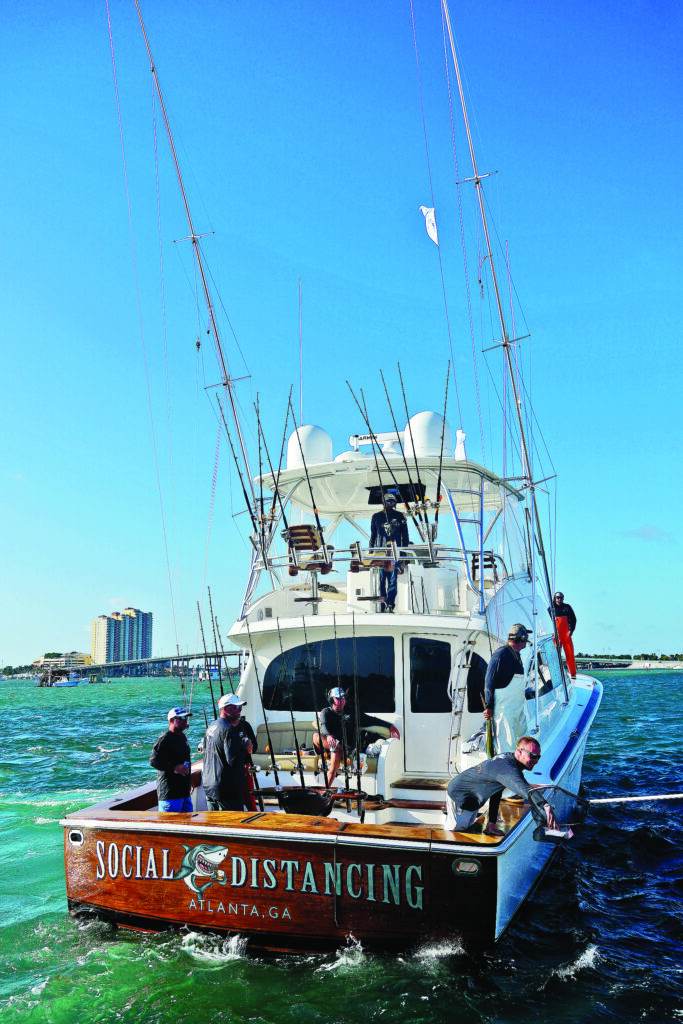
As far as cameras are concerned, the GoPro is great because the leader guy can have a camera mounted to his head or chest, while someone behind them operates the primary camera. The available accessories and mounting options are what put GoPro a step above the competition. With curved and flat adhesive pads, various pivot arms, head straps, suction cup mounts and pole mounts, the options are nearly endless. Aboard Native Son, we’ve had great success with a carbon fiber stick that allows us to place the camera underwater to combat surface glare or a fish that doesn’t want to jump.
The only caution would be to make sure you have multiple shots of the leader and fish before breaking it off. “Sometimes they focus on the fish, and they get ahead of the leader. They’ll miss the leader touch in the effort to shoot the fish underwater. A majority of times we can work through it, but I always tell people to video the leader touch and then go in the water with the camera,” Bunn says.
In addition to Operation Sailfish, the Sailfish Challenge and Final Sail, Bluewater Movements recently introduced the Florida Sailfish Cup, which allows teams to pick five days of fishing from November 1 – May 31.
“There’s going to be a new website built where teams will have their own account,” Bunn says. “They’ll have to log in to schedule a day of fishing in advance and once they’ve come back from fishing they will be able to upload the footage online. We’ll then get a notification so we can review it. Our system is going to randomize color cards, and the night before you go fishing, you’ll get a sequential list of the order color cards need to be shot in. You’ll shoot releases the same way as always — fish ID to leader touch to leader cut. The only difference with our new tournament format is that once they get the leader separation, they have to then record the GPS coordinates and time at the end of the release.”
Point and Shoot
GoPro HERO9 Black
Regarding personal point-of-view cameras, GoPro owns the market with their compact, rugged and mountable line of digital recording devices. The new HERO9 is waterproof to 33 feet, features a large rear touch screen, 5K resolution, Hyper Smooth 3.0 stability and comes with two batteries and 64GB SD card.
$349.98, gopro.com
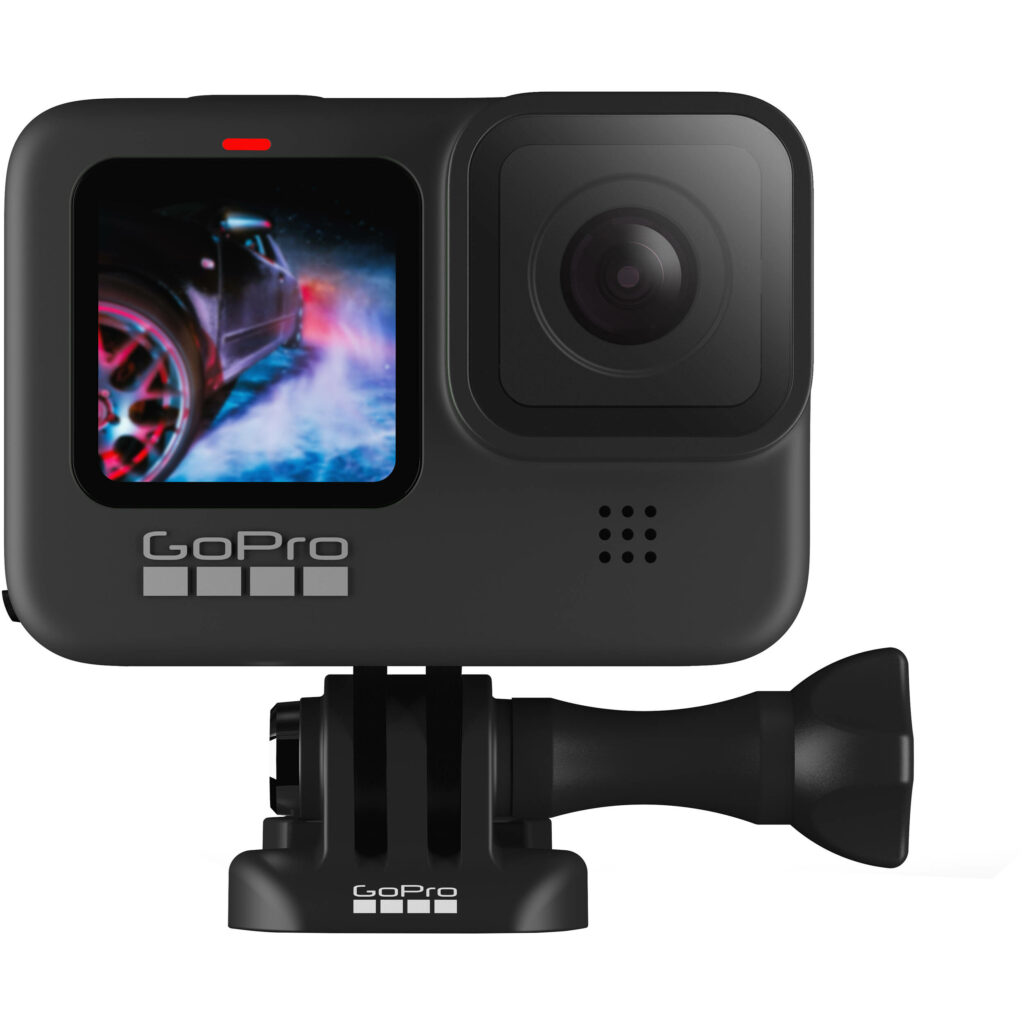
Canon VIXIA HF W110
If you’re looking for a more conventional camcorder with optical zoom, the Canon VIXIA HF W110 with its three-inch touch panel LCD makes choosing focal points and tracking moving subjects easier than ever. Canon’s SuperRange optical image stabilizer helps correct camera shake quickly, and the entire device is waterproof.
$349.99, usa.canon.com
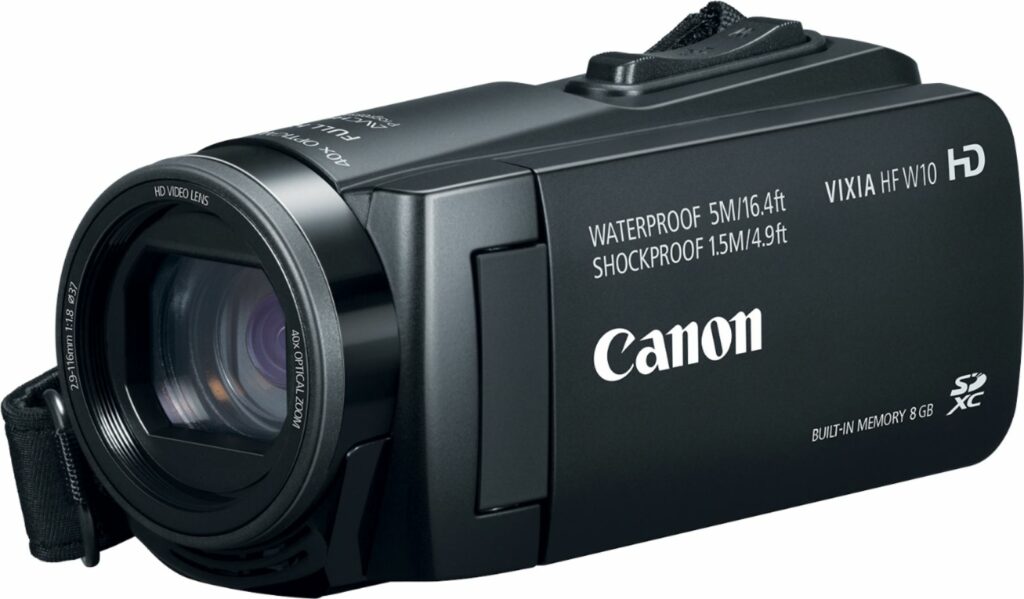
Tips
- Be familiar with your equipment and test the camera prior to lines in.
- Use multiple cameras and have backup batteries and SD cards ready.
- Watch what you are videoing through the frame of the camera.
- On sportfish boats, do not leave the camera in the salon. Moving outside from the A/C environment creates condensation and lens fog.
- Shoot GoPro at wide field of view and turn off Wi-Fi, Bluetooth, voice control and GPS functions to maximize battery lifespan.






